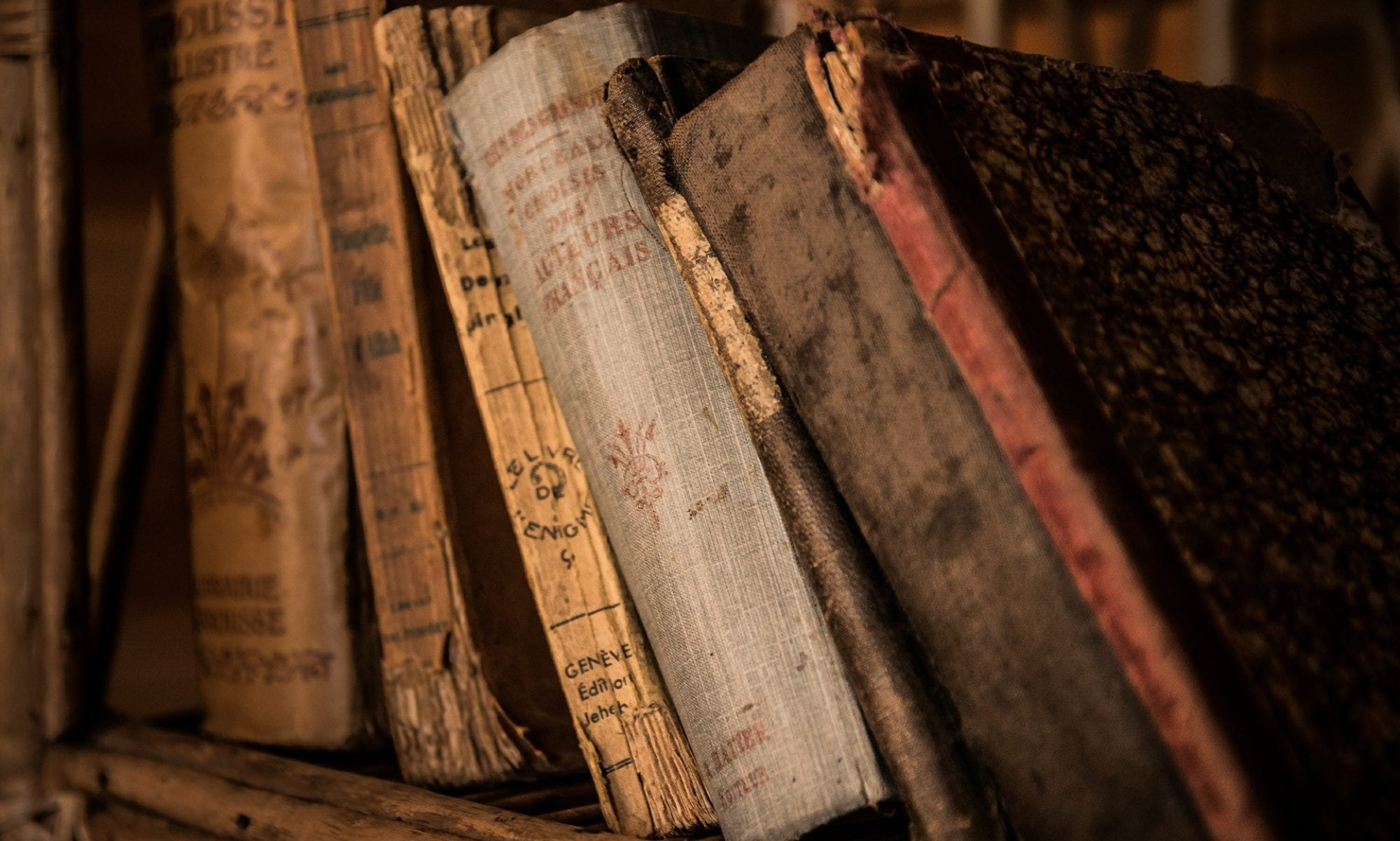CREATIVE PROJECT BY HUANG HUANYAN (’23)
Sir Gawain and the Green Knight: Chapter 1 Abridged
Web Comic
An Interpretation of Sir Gawain and the Green Knight
Real and Imagined Animals in Medieval Literature (YHU2330)
2023
Artist’s Remarks
This creative adaption of the first section of Sir Gawain and the Green Knight through the form of a webcomic seeks to reflect on the characteristics that define what it means to be human in the romance, and to explore medieval understandings of the human/ non-human dichotomy in ways accessible to a modern audience.
The Green Knight is first differentiated from the knights of the Round Table through his heavy association with green, a colour that is commonly found in nature but is relatively foreign to the court. The text begins with a reference to the siege of Troy, which left the city in ashes. The image conjured, as represented in the first section of the webcomic, is a burning cityscape shrouded in ashes – splashes of black, grey, and red. Subsequently, the court is introduced through their Christmas and New Year’s feasts. Nature is stagnant in winter, with trees shrouded in white, while the Round Table of knights feast indoors. Food is illustrated with reference from research into what they would have been consuming, specifically, copious quantities of meat and bakes garnished with a sprinkle of greens. The appearance of the Green Knight is therefore the first instance in which green is introduced in both the text and the comic. While the text focuses on the strangeness of a man with green hair, the webcomic, through illustrations, creates a more immediate and striking visual effect of introducing green as the reader scrolls.
Another distinguishing factor that sets the Green Knight apart from the knights of the Round Table is his physical size. While the text emphasizes this distinction through description of the Green Knight as “mountainous” and “half-giant”, the webcomic provides an opportunity to bring this out visually. Given the lower perspective of the drawing, the Green Knight appears larger to the audience, as the audience is now forced to see the knight from the viewpoint of a shorter character. In addition, the scrolling in webcomics, coupled with the elongated illustration of the Green Knight, creates an additional sense of height and sheer size in comparison to the smaller and shorter Round Table knights illustrated at his feet. The generic nature of the knights presented through showing primarily their backs and cloaks and a hair seemingly common to the Round Table knights – short shoulder-length curls left loose – further emphasizes the Green Knight’s distinctiveness.
Beyond their physical differences, the Green Knight’s attire further alienates him from the Round Table. His outfit is green through and through, made with reflective materials such as gems and silk that only further underscore its verdant quality. It is an object of fascination, and the intricacy of its design is shown through a full body illustration in the webcomic: “details […] difficult to describe,/ embroidered as it was with butterflies and birds, green beads emblazoned on a background of gold.”
Finally, the moment in which both members of the Round Table and the audience are confirmed in their judgment of the Green Knight as monstrous is when he stays alive after being beheaded. The infinite scroll ends on this climactic moment after creating a deliberate slowing of pace in the second to last frame, in which the main question posed by the exploration of this creative adaptation has been answered, specifically: what makes the Green Knight human, and is he human? The answer stares the audience straight in the face with empty eyes: the fact that the knight can still provide instructions to Gawain is a clear indication that he is not human. Despite the many characteristics that distinguish him from humans, however, the line between what it means to be human and to be monstrous remains blurred: the knight exhibits human features (albeit on a greater scale), wears clothes, communicates through human language, and follows the customs of chivalric society.






